Matthew Valenti
Towards Intelligent Antenna Positioning: Leveraging DRL for FAS-Aided ISAC Systems
Jan 02, 2025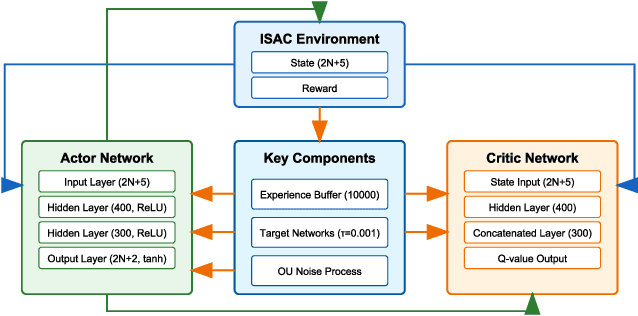
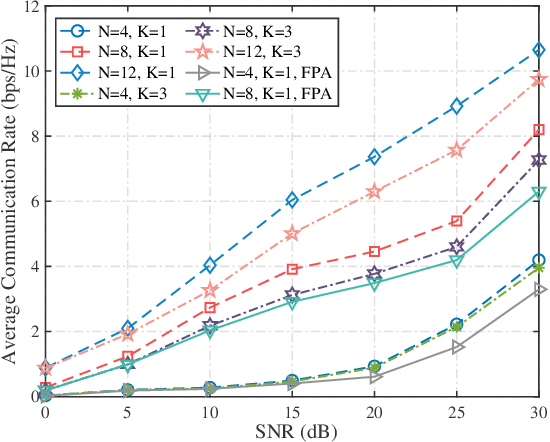
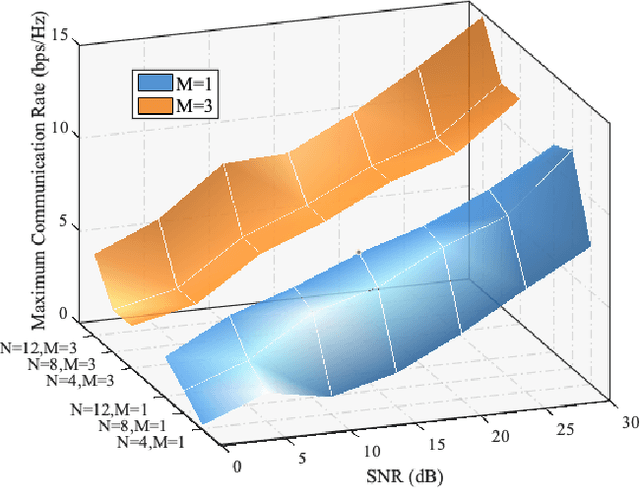
Abstract:Fluid antenna systems (FAS) enable dynamic antenna positioning, offering new opportunities to enhance integrated sensing and communication (ISAC) performance. However, existing studies primarily focus on communication enhancement or single-target sensing, leaving multi-target scenarios underexplored. Additionally, the joint optimization of beamforming and antenna positions poses a highly non-convex problem, with traditional methods becoming impractical as the number of fluid antennas increases. To address these challenges, this letter proposes a block coordinate descent (BCD) framework integrated with a deep reinforcement learning (DRL)-based approach for intelligent antenna positioning. By leveraging the deep deterministic policy gradient (DDPG) algorithm, the proposed framework efficiently balances sensing and communication performance. Simulation results demonstrate the scalability and effectiveness of the proposed approach.
Empirical Assessment of End-to-End Iris Recognition System Capacity
Mar 20, 2023
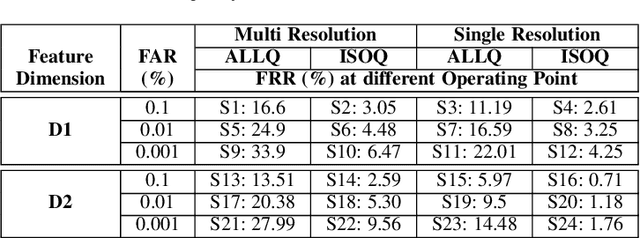


Abstract:Iris is an established modality in biometric recognition applications including consumer electronics, e-commerce, border security, forensics, and de-duplication of identity at a national scale. In light of the expanding usage of biometric recognition, identity clash (when templates from two different people match) is an imperative factor of consideration for a system's deployment. This study explores system capacity estimation by empirically estimating the constrained capacity of an end-to-end iris recognition system (NIR systems with Daugman-based feature extraction) operating at an acceptable error rate i.e. the number of subjects a system can resolve before encountering an error. We study the impact of six system parameters on an iris recognition system's constrained capacity -- number of enrolled identities, image quality, template dimension, random feature elimination, filter resolution, and system operating point. In our assessment, we analyzed 13.2 million comparisons from 5158 unique identities for each of 24 different system configurations. This work provides a framework to better understand iris recognition system capacity as a function of biometric system configurations beyond the operating point, for large-scale applications.
Deep Hashing for Secure Multimodal Biometrics
Dec 29, 2020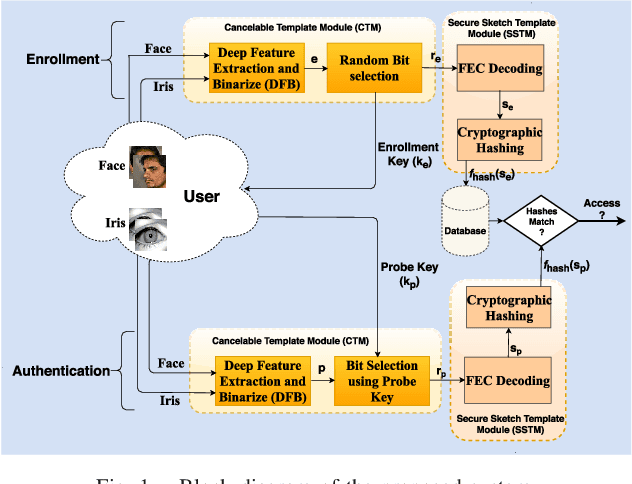
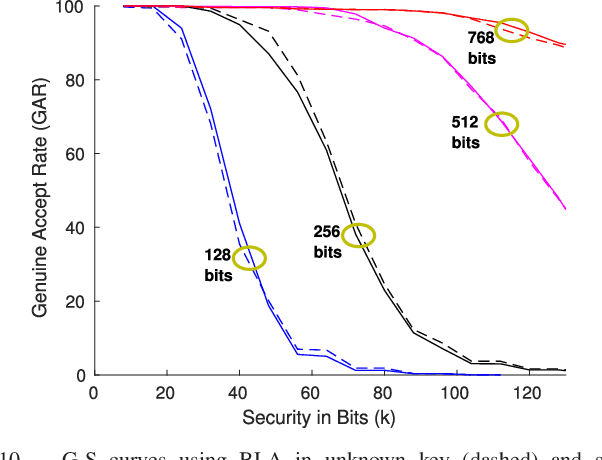
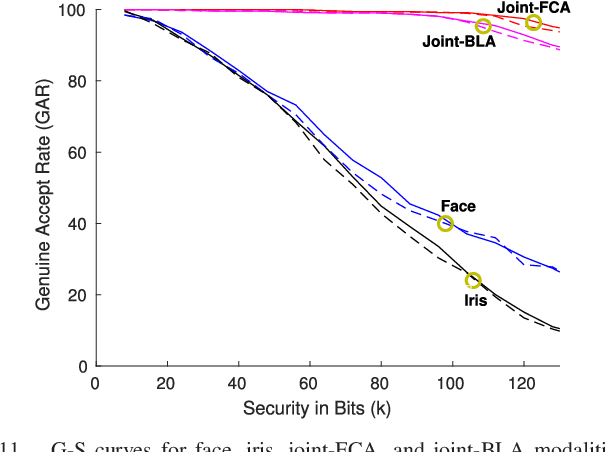
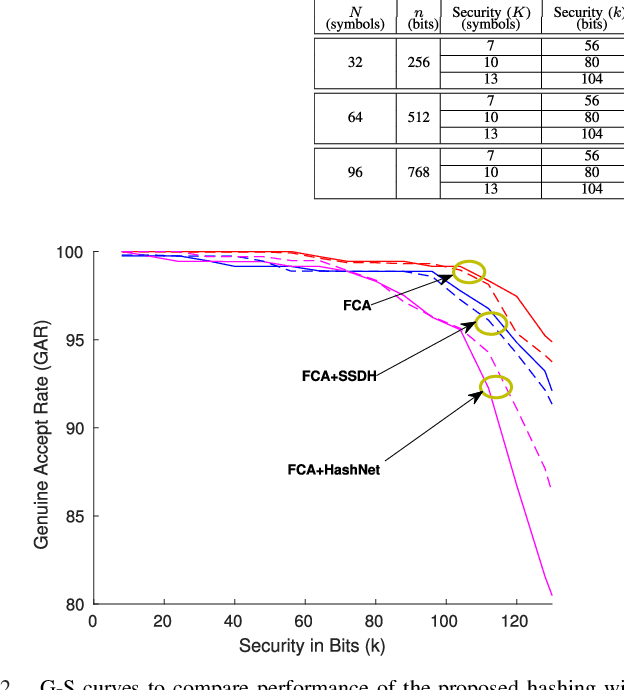
Abstract:When compared to unimodal systems, multimodal biometric systems have several advantages, including lower error rate, higher accuracy, and larger population coverage. However, multimodal systems have an increased demand for integrity and privacy because they must store multiple biometric traits associated with each user. In this paper, we present a deep learning framework for feature-level fusion that generates a secure multimodal template from each user's face and iris biometrics. We integrate a deep hashing (binarization) technique into the fusion architecture to generate a robust binary multimodal shared latent representation. Further, we employ a hybrid secure architecture by combining cancelable biometrics with secure sketch techniques and integrate it with a deep hashing framework, which makes it computationally prohibitive to forge a combination of multiple biometrics that pass the authentication. The efficacy of the proposed approach is shown using a multimodal database of face and iris and it is observed that the matching performance is improved due to the fusion of multiple biometrics. Furthermore, the proposed approach also provides cancelability and unlinkability of the templates along with improved privacy of the biometric data. Additionally, we also test the proposed hashing function for an image retrieval application using a benchmark dataset. The main goal of this paper is to develop a method for integrating multimodal fusion, deep hashing, and biometric security, with an emphasis on structural data from modalities like face and iris. The proposed approach is in no way a general biometric security framework that can be applied to all biometric modalities, as further research is needed to extend the proposed framework to other unconstrained biometric modalities.
 Add to Chrome
Add to Chrome Add to Firefox
Add to Firefox Add to Edge
Add to Edge